Name Rajendra I Parents Raja Raja Chola I | Died 1044 Predecessor Rajaraja I Role King Uncles Aditya Karikalan | |
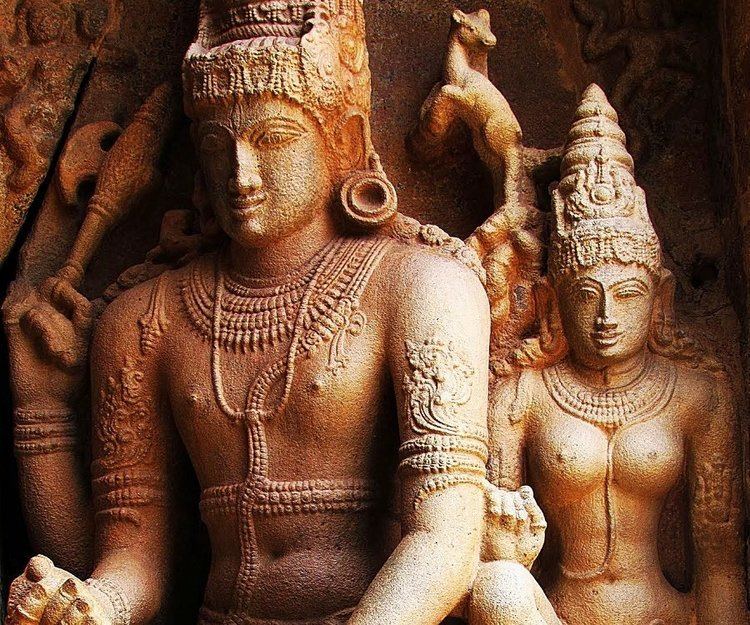 | ||
Consort Tribhuvana MahadeviyarPancavan MadeviyarViramadevi Grandparents Parantaka Chola II, Vanavan Maha Devi Similar People Raja Raja Chola I, Kulothunga I, Kundavai, Aditya Karikalan | ||
Rajendra chola i great indian king
Rajendra Chola I (Tamil: இராசேந்திர சோழன் Irācēntira cōḻaṉ) or Rajendra I was a Chola emperor who is considered one of the greatest rulers and military generals of India. He succeeded his father Rajaraja Chola I in 1014 CE. During his reign, he extended the influence of the Chola empire to the banks of the river Ganga in North India and across the Indian Ocean to the West, making the Chola Empire one of the most powerful empires of India. Rajendra’s conquests included the Andaman and Nicobar Islands, Sri Lanka, Maldives, and he successfully invaded the territories of Srivijaya in Malaysia, Southern Thailand and Indonesia in South East Asia. The Cholas exacted tribute from Thailand and the Khmer kingdom of Cambodia. He defeated Mahipala, the Pala king of Bengal and Bihar, and to commemorate his victory he built a new capital city called Gangaikonda Cholapuram.
Contents
- Rajendra chola i great indian king
- Rajendra Chola Section 1 Medieval Cholas Chola History Part 10
- Early life and ascension
- Early campaigns
- Conquest of Sri Lanka
- Pandyas and Cheras
- Chalukyan conflict
- Expedition to the Ganges
- South East Asian expedition
- Work and legacy
- Personal life and family
- Popular culture
- References
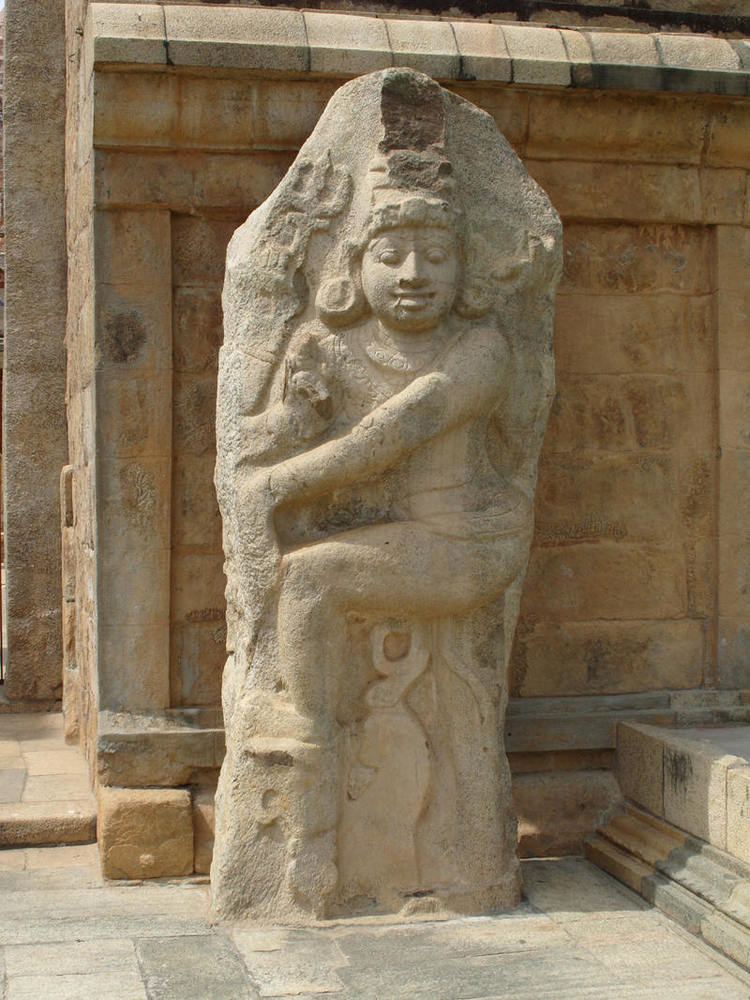
Rajendra Chola - Section 1 | Medieval Cholas | Chola History Part - 10
Early life and ascension

Rajendra Chola I was the son of Rajaraja Chola and Thiripuvana Madeviyar, princess of Kodumbalur. He was born on Thiruvathirai in the Tamil month of Aadi. He was originally called Maduranthagan. He spent most of his childhood in Palayarai and was brought up by his aunt Kundavai and great-grandmother Sembian Madevi. He was made the co-regent in 1012 CE. Rajendra formally ascended the Chola throne in 1014 CE. In 1018 CE, he installed his eldest son Rajadhiraja Chola I as the crown prince.
Early campaigns
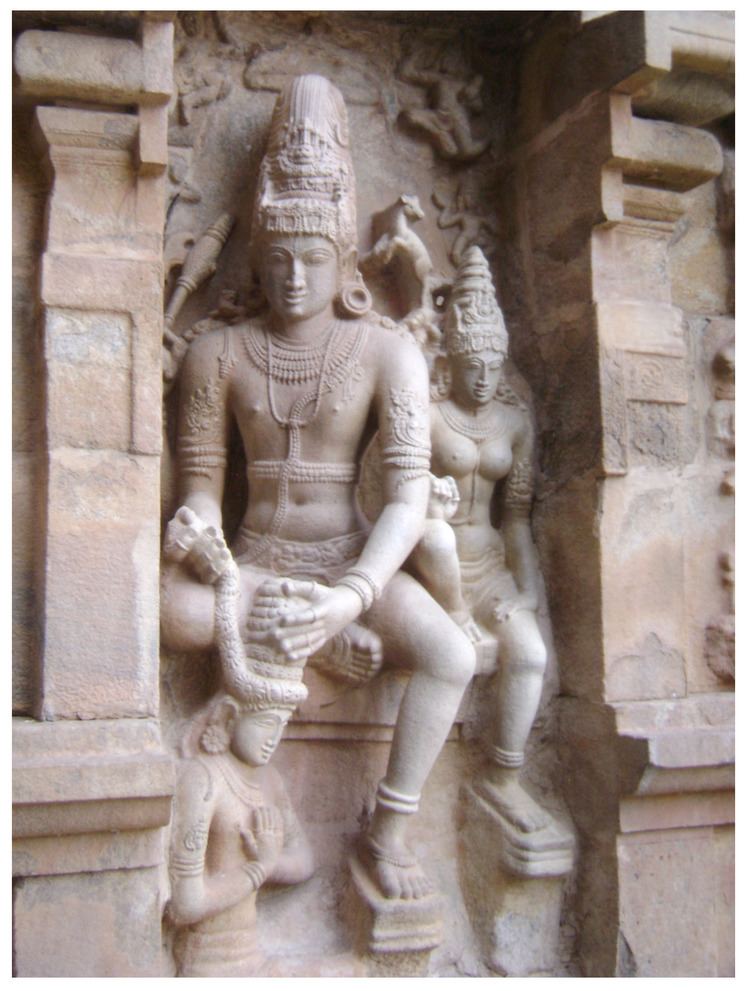
Rajendra led campaigns from 1002 CE. These include the conquest of the Rashtrakutas and the campaigns against the Western Chalukyas. He conquered the Chalukyan territories of Yedatore (a large part of the Raichur district between the Krishna and the Tungabhadra), Banavasi in the north-west of Mysore and capital Manyakheta. Rajendra erected a Siva temple at Bhatkal. In 1004 CE, he captured Talakad and overthrew the Western Ganga dynasty which had ruled over Mysore for almost 1000 years. He also conquered Kollipakkai, located to the north of Hyderabad in present-day Telangana. An excerpt from an inscription in Tamil from Kolar states:
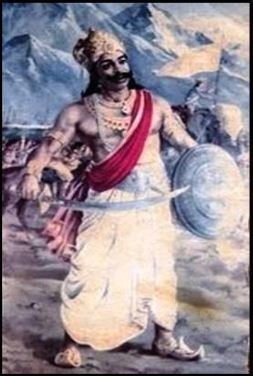
In the 8th year of the reign of Kopparakesarivanmar sri Rajendra Sola Deva, who, while the goddess of Fortune, having become constant, increased, and while the goddess of the great Earth, the goddess of victory in battle and the matchless goddess of Fame, having become his great queens, rejoiced-that in his extended lifetime, conquered with his great war-like army Idaiturai-nadu, Vanavasi shut in by a fence of continuous forests; Kollipakkai, whose walls were surrounded by sulli trees; Mannaikkadakkam whose fortification was unapproachable.
Conquest of Sri Lanka
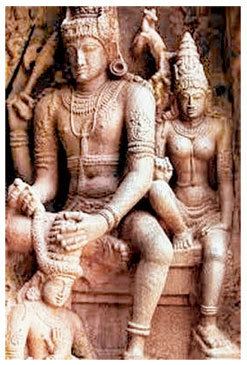
Raja Raja Chola I conquered the northern half of Sri Lanka during his reign. Rajendra invaded Ceylon in 1017 CE and annexed the entire island. As a result of the campaign, Rajendra captured the regal jewels of the Pandyas, which Parantaka I tried to capture and the crown of the Sinhala king. The Sinhala king Mahinda V was taken prisoner and transported to the Chola country.
Pandyas and Cheras
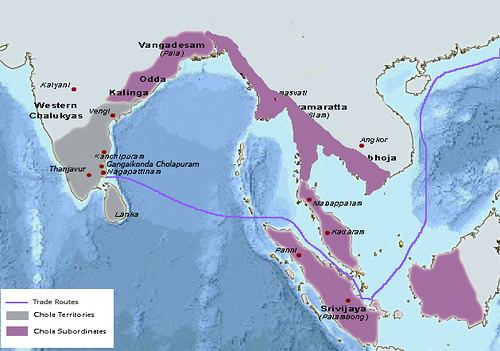
In 1018 CE, Rajendra marched across the Pandya and Chera kingdoms referred in the Tamil Copper-plate inscriptions. The territories were already conquered during the reign of Raja Raja I. Rajendra appointed one of his sons as viceroy with the title Jatavarman Sundara Chola-Pandya with Madurai as the headquarters.
Chalukyan conflict
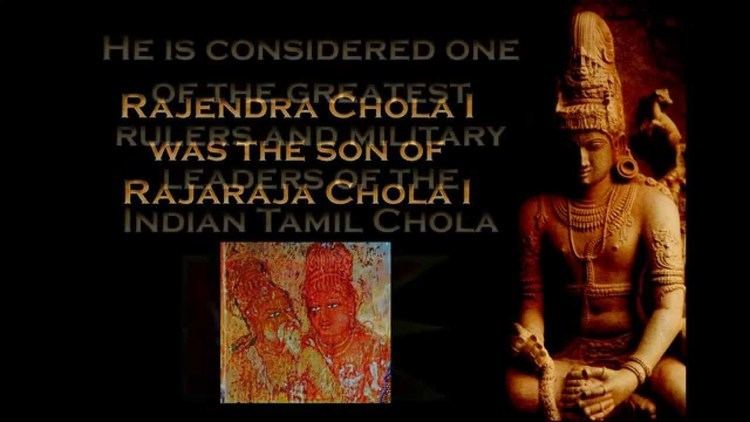
In 1015 CE, Jayasimha II became the king of Western Chalukyas. He tried to recover the losses suffered by his predecessor Satyashraya, who fled his capital and was later restored to the throne by Raja Raja I as a tribute paying subordinate. Initially, Jayasimha II was successful as Rajendra was busy with his campaigns in Sri Lanka. In 1021 CE, after the demise of the Eastern Chalukyan king Vimaladitya of Vengi, Jayasimha supported the claim of Vijayaditya VII to the throne against the claims of Rajaraja Narendra. Rajaraja Narendra was the son of Vimaladitya and Chola princess Kundavai. Rajendra helped his nephew Rajaraja defeat Vijayaditya. His armies defeated Vijayadiya in Vengi and Jayasimha in the battle of Maski.
Expedition to the Ganges
In 1019 CE, Rajendra’s forces marched through Kalinga towards the river Ganga. The Chola army eventually reached the Pala kingdom of Bengal where they defeated Mahipala. The Chola army also defeated the last ruler of the Kamboja Pala dynasty Dharmapala of Dandabhukti. The Chola army went on to raid East Bengal and defeated Govindachandra of the Chandra dynasty and invaded Bastar region. The territories held the status of tribute paying subordinates and trade partners with the Chola Kingdom, an arrangement that lasted till the times of Kulothunga III. He constructed a new capital at Gangaikondacholapuram and built the Brihadeeswarar Temple similar to the Brihadeeswarar Temple at Thanjavur.
South East Asian expedition
Srivijaya was a kingdom centered on Palembang in Sumatra, ruled by the Sailendra dynasty. During the reign of Mara Vijayatungavarman, Srivijaya had good relations with the Chola Empire during the reign of Rajaraja Chola I; Mara Vijayatungavarman built a Chudamani Vihara at Nagapattinam. Mara was succeeded by Sangrama Vijayatunggavarman.
Khmer Emperor Suryavarman I made war on the kingdom of Tambralinga (in the Malay Peninsula). Suryavarman I requested aid from Rajendra. After learning of Suryavarman's alliance with Rajendra Chola, Tambralinga requested aid from Srivijaya, which was granted by Sangrama. This eventually led to the Chola expedition against the Srivijiya Empire. This alliance somewhat also had a religious nuance, since both the Chola Empire and the Khmer Empire were Hindu Shivaist, while Tambralinga and Srivijaya were Mahayana Buddhist.
In 1025 CE, Rajendra led Chola forces across the Indian Ocean and invaded Srivijaya, attacking several places in Malaysia and Indonesia. The Chola sacked Kadaram (the capital) and Pannai in Sumatra and Malaiyur in the Malay Peninsula. Rajendra also invaded Tambralinga and the Langkasuka Kingdom in modern Malaysia and south Thailand. The Chola forces captured the last ruler of the Sailendra Dynasty Sangrama Vijayatunggavarman. The Chola invasion was the end of Srivijaya. Srivijaya's maritime power declined under Chola attack. After this the Chola Empire conquered large portions of Srivijaya, including its ports of Ligor, Kedah, and Tumasik (now Singapore). The Chola invasion furthered the expansion of Tamil merchant associations such as the Manigramam, Ayyavole, and Ainnurruvar into Southeast Asia. For the next century, Tamil trading companies from southern India dominated Southeast Asia. The expedition of Rajendra Chola I is mentioned in the corrupted form as Raja Chulan in the medieval Malay chronicle Sejarah Melaya, and Malay princes have names ending with Cholan or Chulan, such as Raja Chulan of Perak. One record of Rajendra Chola describes him as the King of Lamuri in north Sumatra. The Chola invasion led to the fall of the Sailendra Dynasty of Srivijaya and the Chola invasion also coincides with the return voyage of the great Buddhist scholar Atiśa from Sumatra to India in 1025.
Work and legacy
Rajendra Chola built a vast artificial lake, sixteen miles long and three miles wide which was one of the largest man-made lakes in India. The fortified capital of Rajendra Chola was of impressive grandeur and Ottakoothar states, On seeing Gangapuri, all fourteen worlds encircled by the billowing ocean are overwhelmed with joy. The extent of the empire was the widest in India and the military and naval prestige was at its highest. The successful invasions of Rajendra Chola were applauded by several medieval Tamil poets like Jayamkondan in his text Kalingattupparani and Ottakkoothar in his text Ula.
After his successful campaign to Ganges river in north India he got the title Gangaikonda Chola (The Chola who took the Ganges river). And after his successful Southeast Asian campaign he got the title "Kadaram Kondan"(He who took Kedah in Malaysia). He founded a new capital city called Gangaikonda Cholapuram and built a Shiva temple similar to the Thanjavur Brihadisvara temple built by his father Rajaraja Chola. He expanded the Pathirakali Amman Temple and Koneswaram temple of Trincomalee. He inherited the title Mummudi Cholan (Chola with three crowns) from his father with Mummudi, a title used by Tamil kings who ruled the three kingdoms of Cholas, Pandyas and Cheras. To commemorate his conquests, Rajendra assumed other titles such as Mudigonda Cholan and Irattapadikonda Cholan.
The Malay language Hikayat Iskandar Zulkarnain was written about Alexander the Great as Dhul-Qarnayn and the ancestry of several Southeast Asian royal families is traced from Iskandar Zulkarnain, through Raja Rajendra Chola (Raja Suran, Raja Chola) in the Malay Annals, such as the Sumatra Minangkabau royalty.
Personal life and family
Rajendra Chola had many consorts including Tribuvana or Vanavan Mahadeviar, Mukkokilan, Panchavan Mahadevi, Arindhavan Madevi and Viramadevi who committed sati on Rajendra’s death. The Siddanta Saravali of Trilochana Sivacharya who was a contemporary of Kulothunga III states that Rajendra was a poet and he composed hymns in praise of Lord Shiva. Rajendra had three sons namely Rajadhiraja Chola, Rajendra Chola II and Virarajendra Chola, who followed him on the Chola throne in succession. He had two daughters Pranaar Arul Mozhi Nangai and Ammanga Devi. His campaigns were led by general Senapati Narakkan Sri Krishnan Raman.
